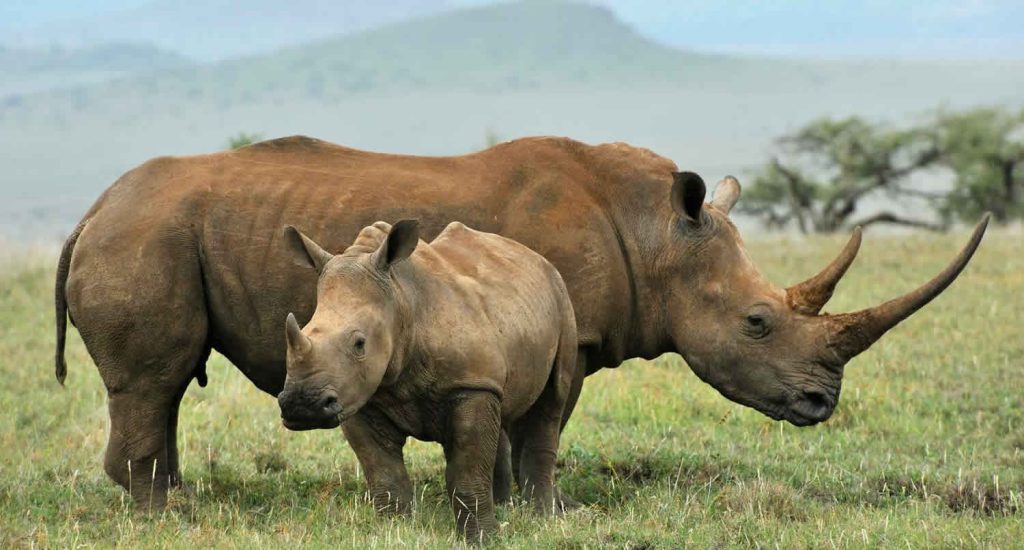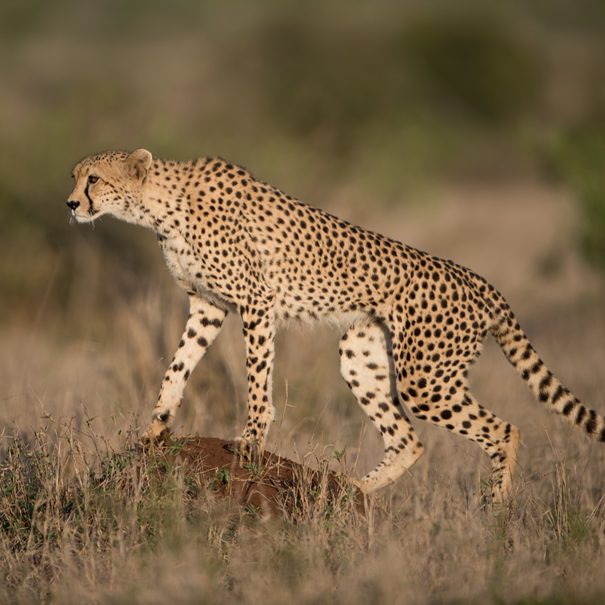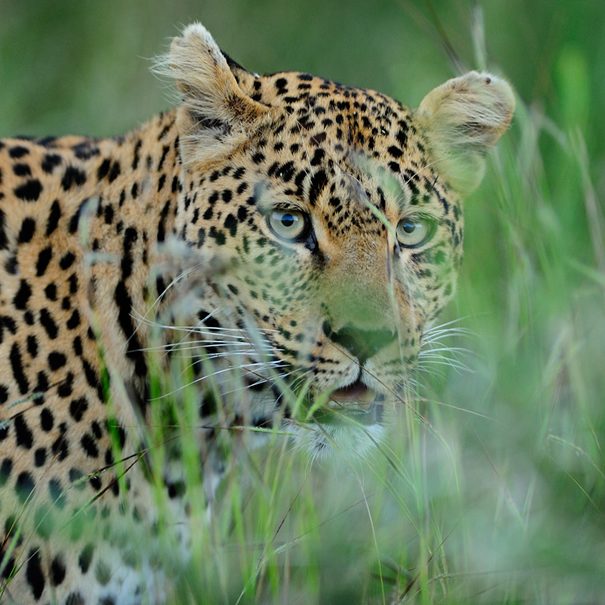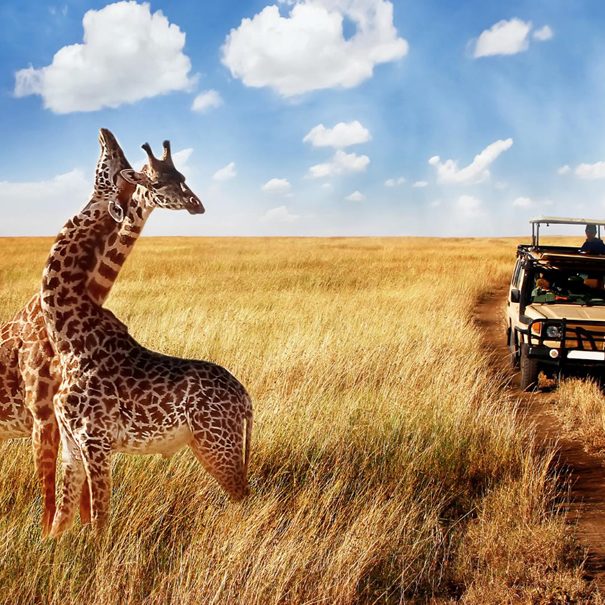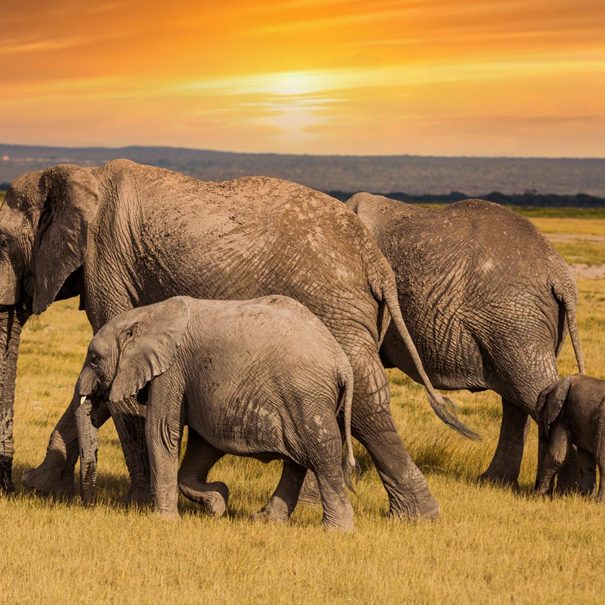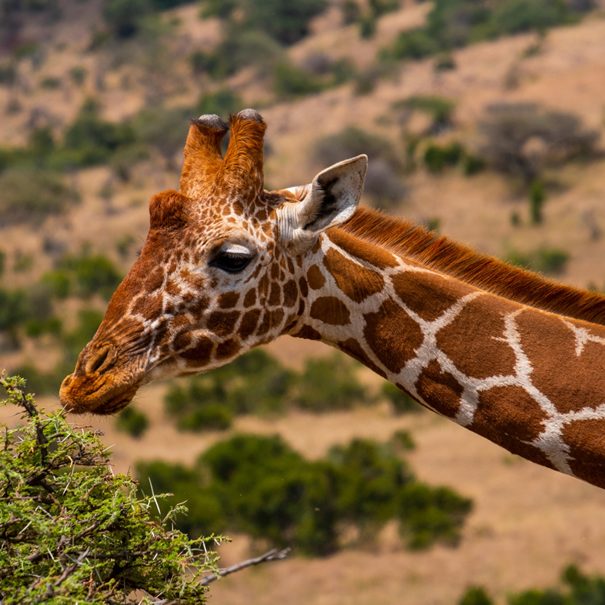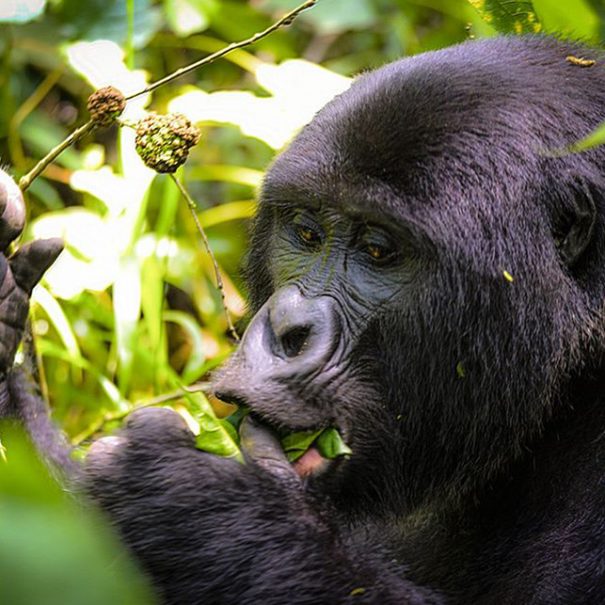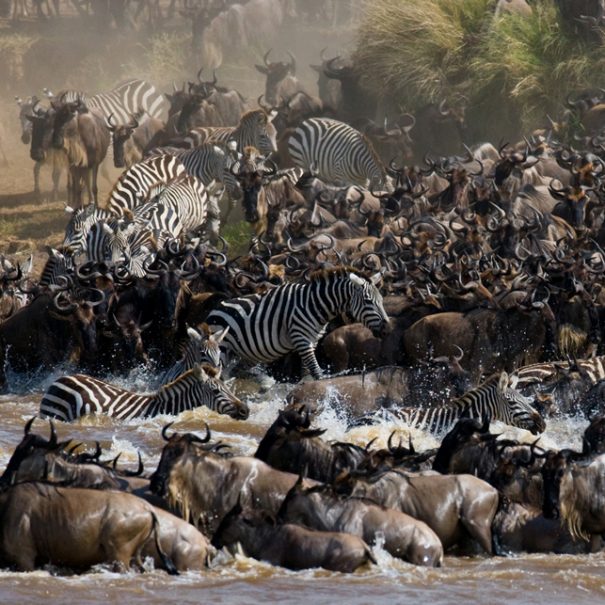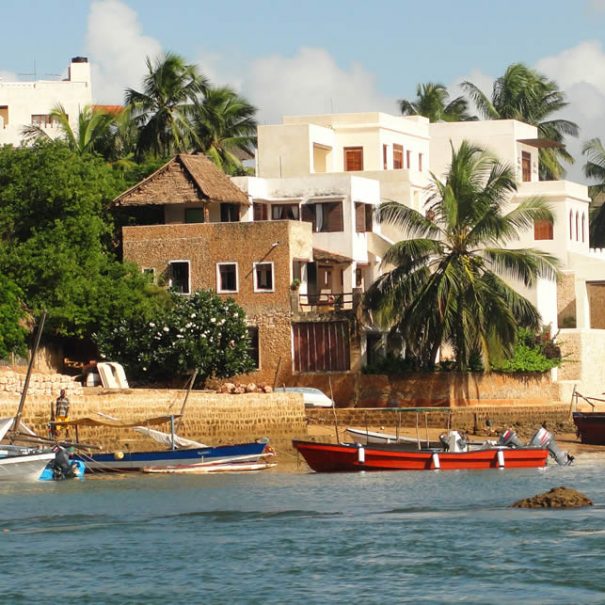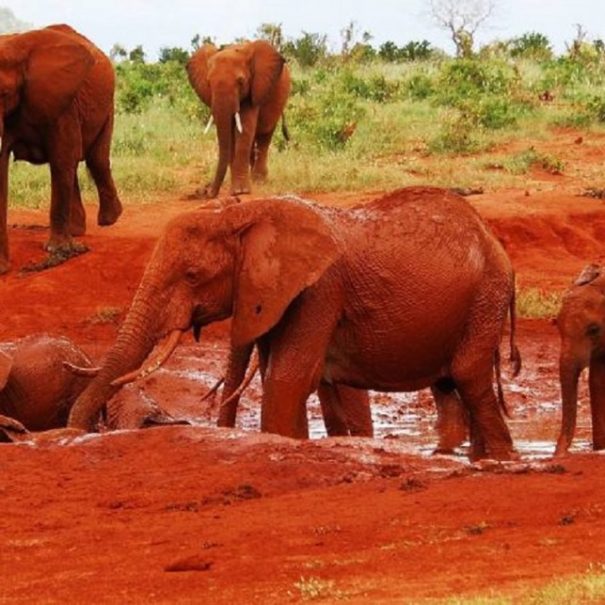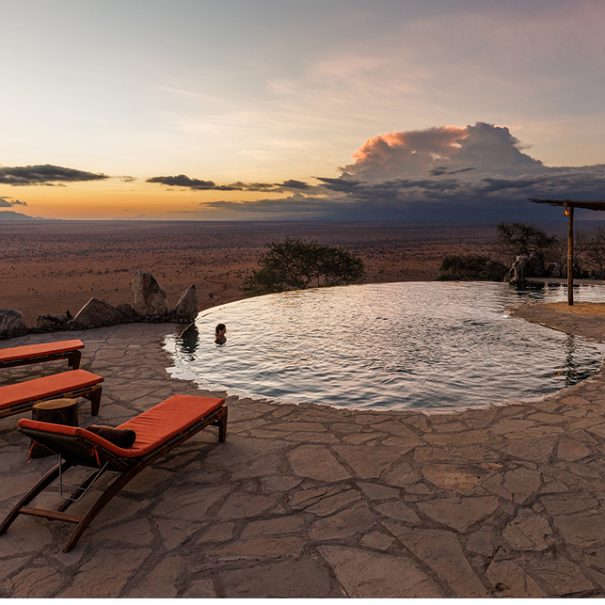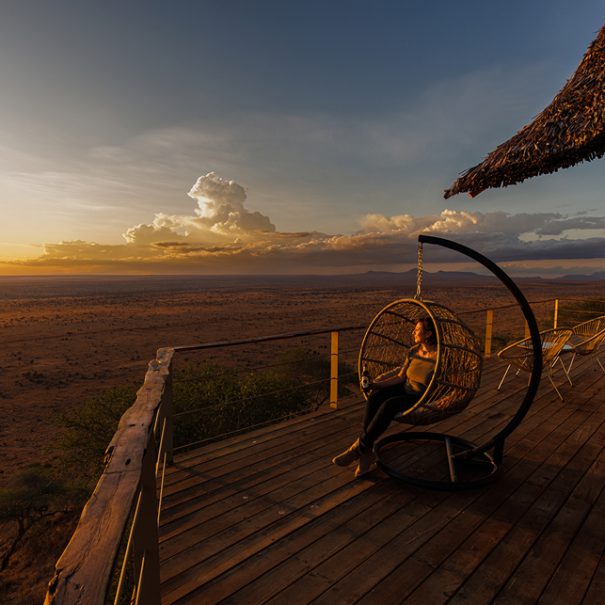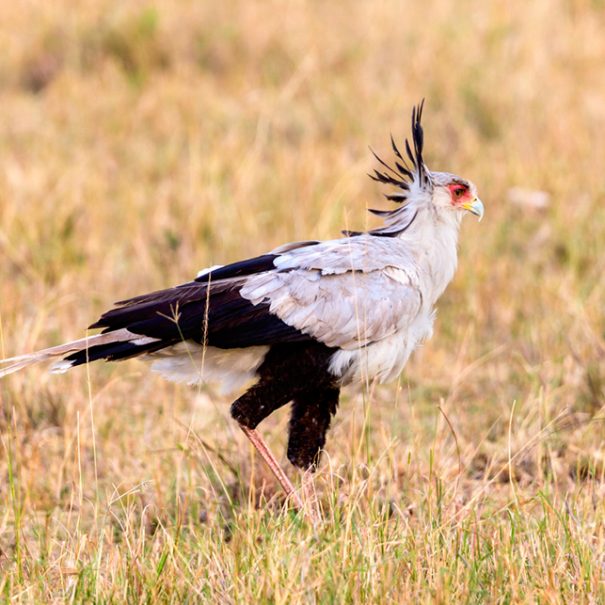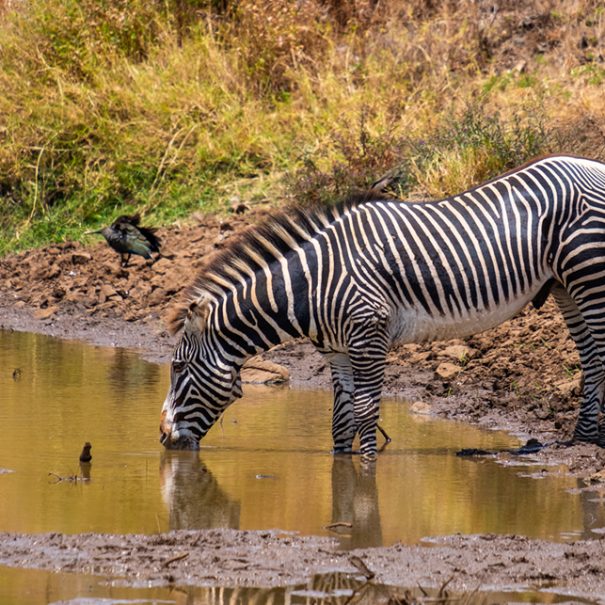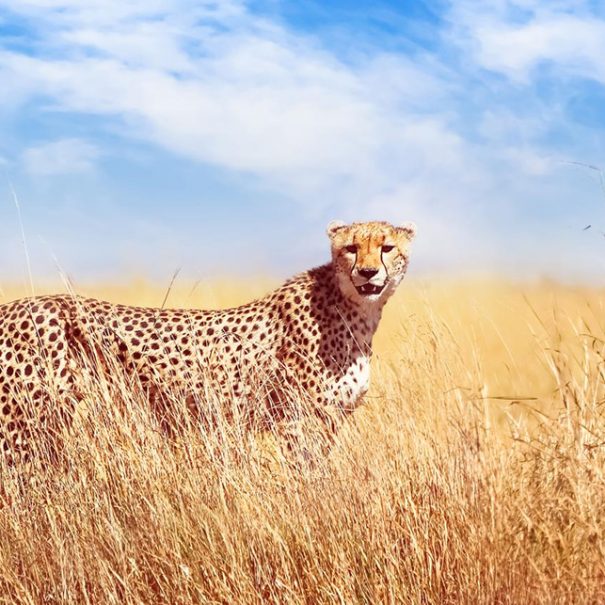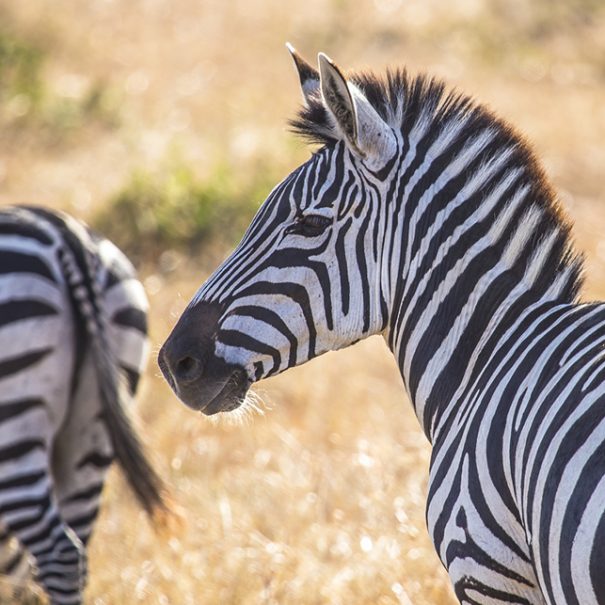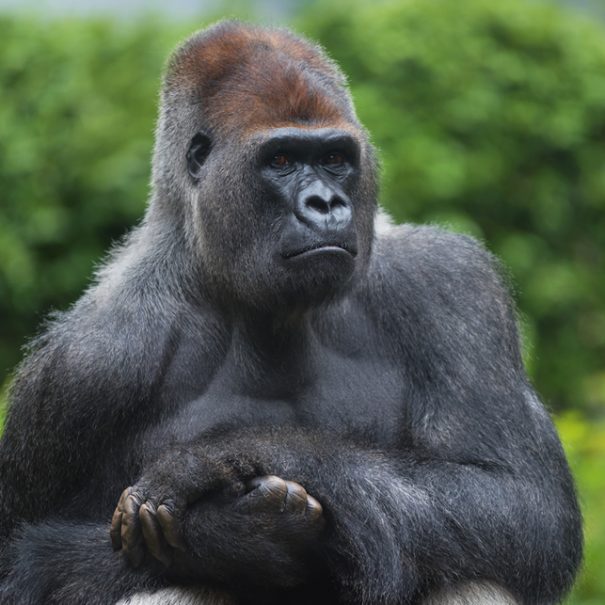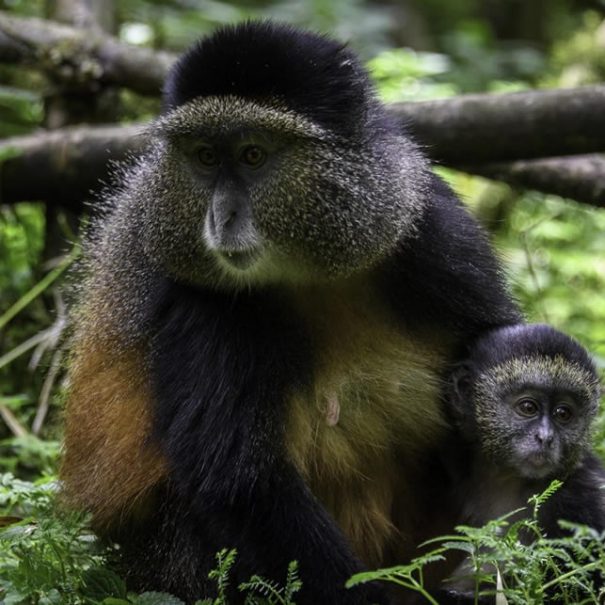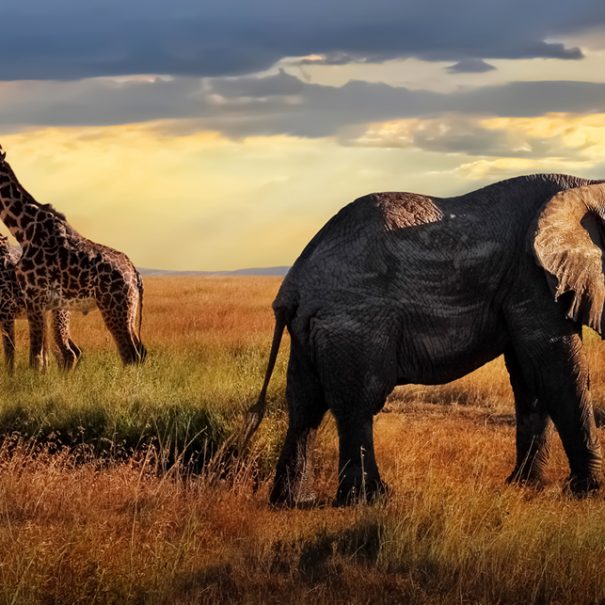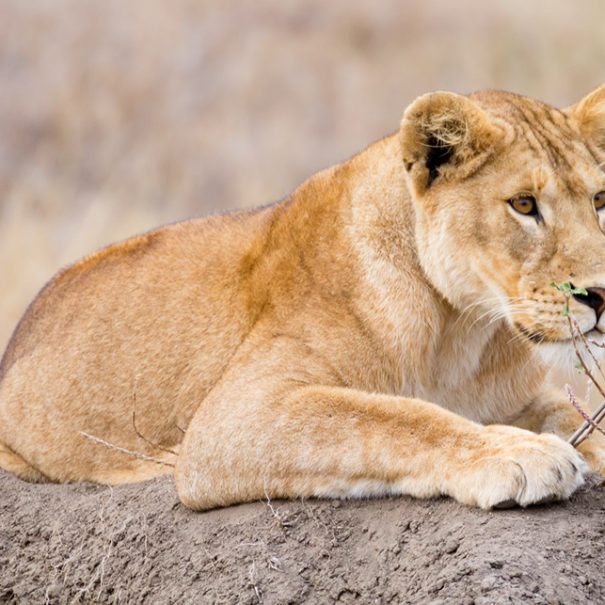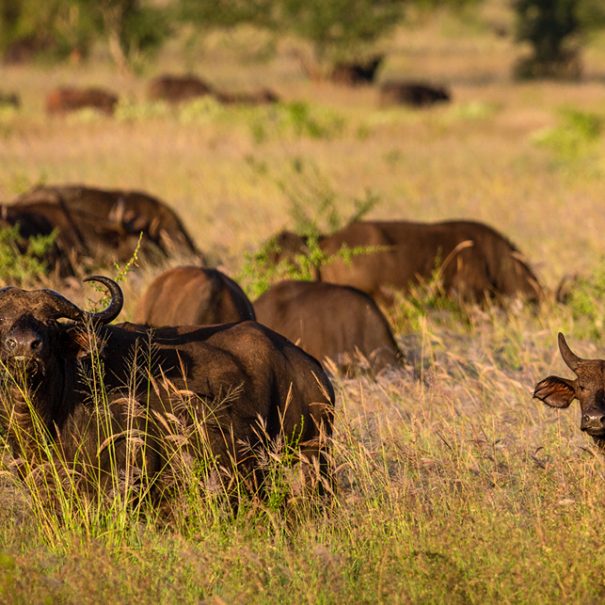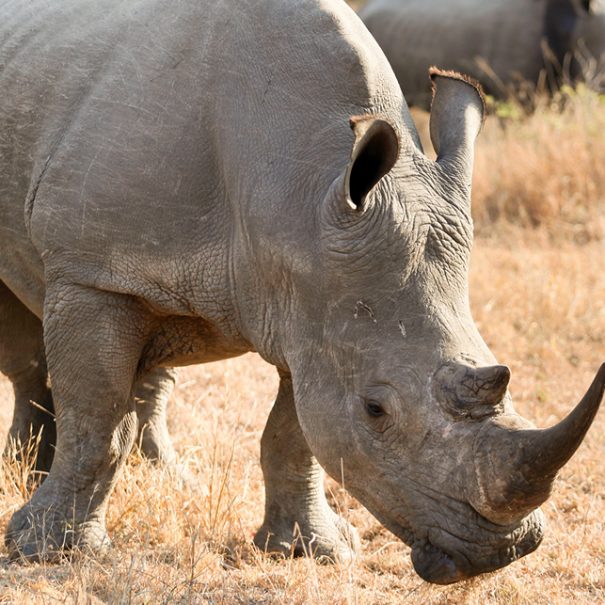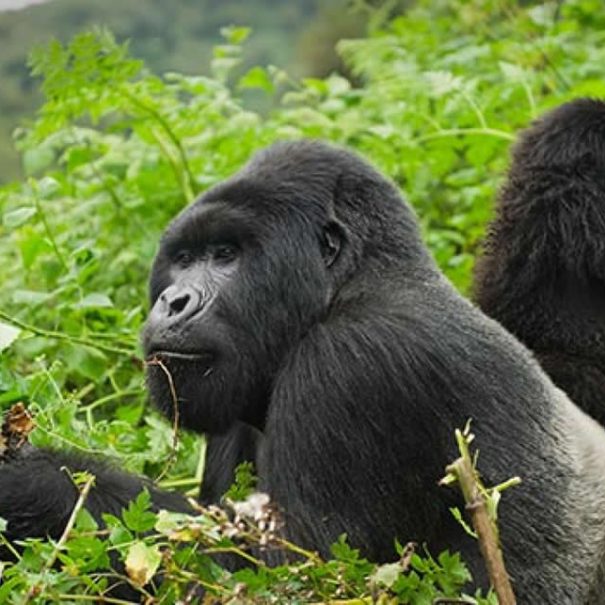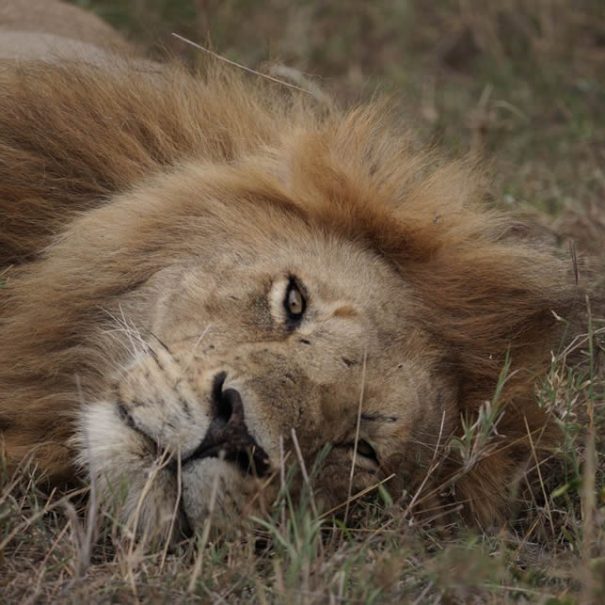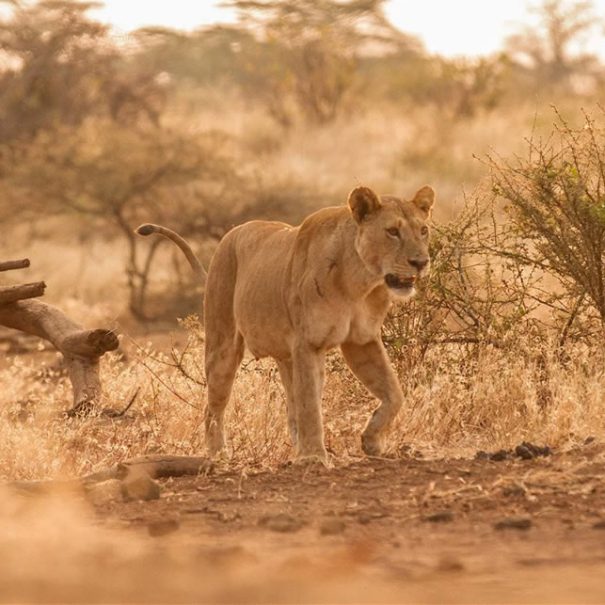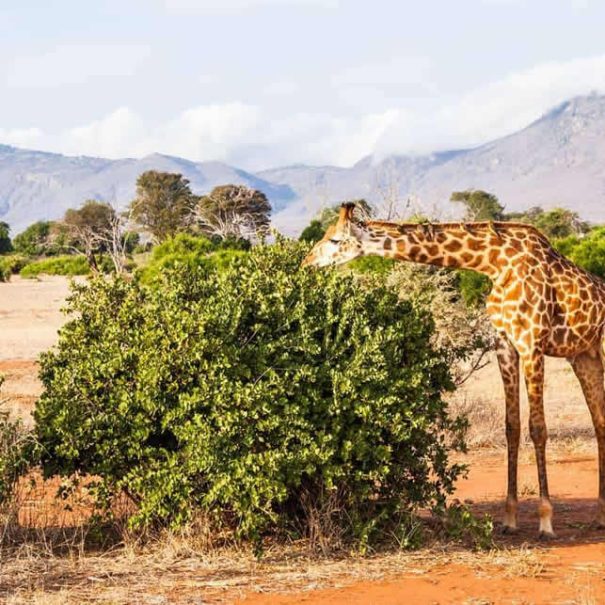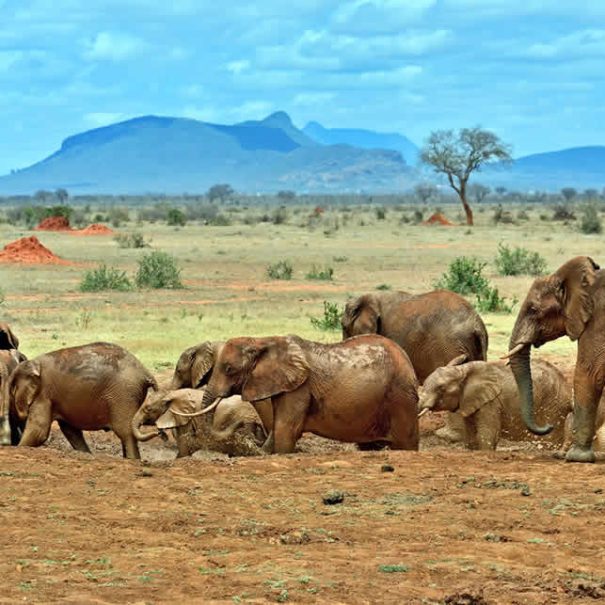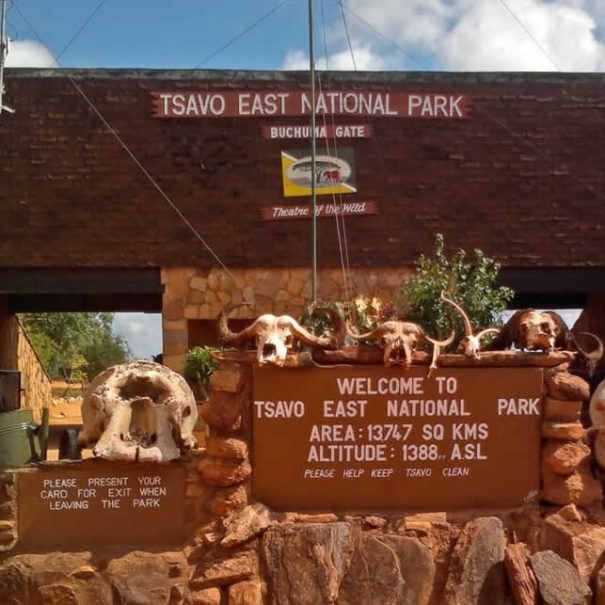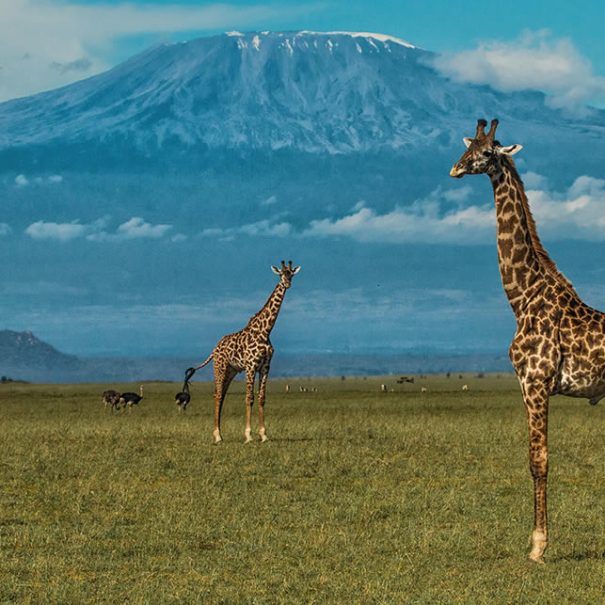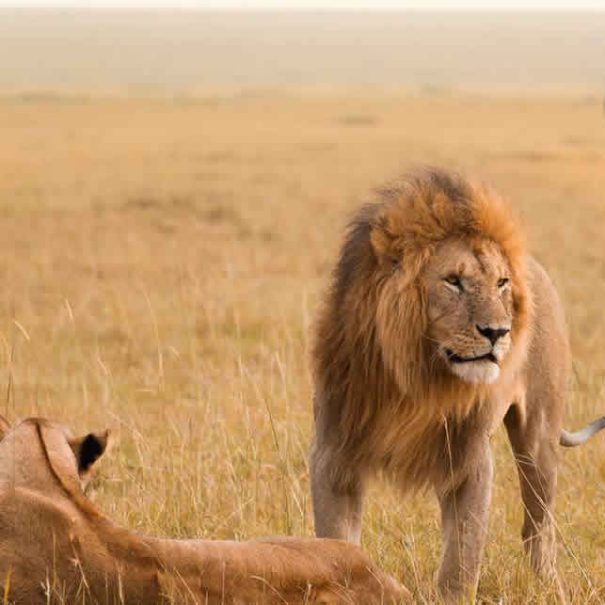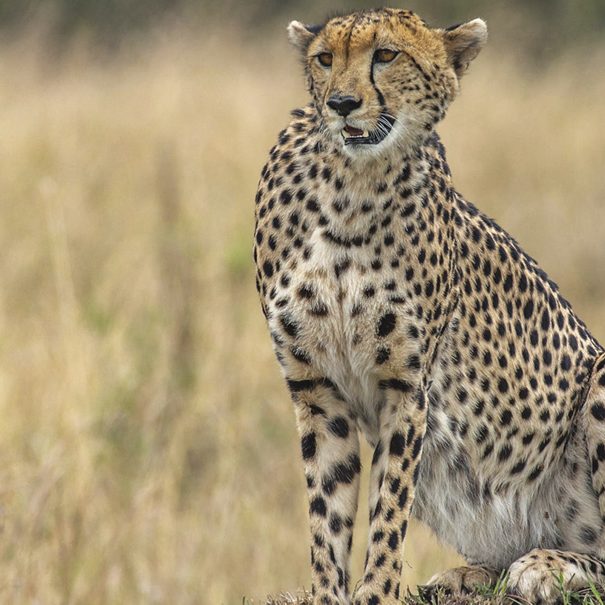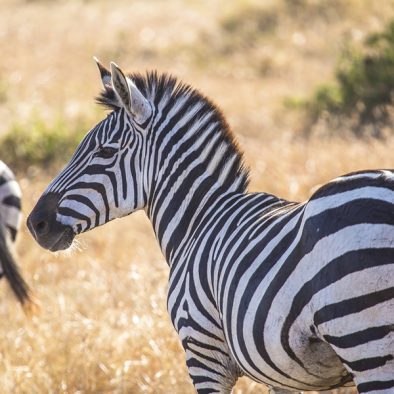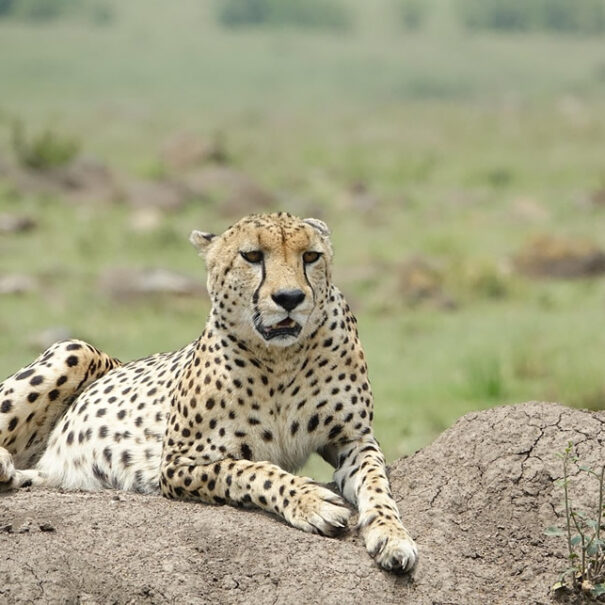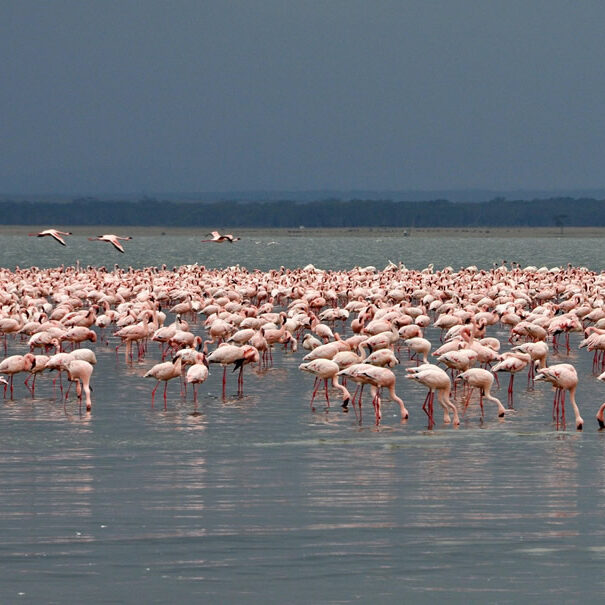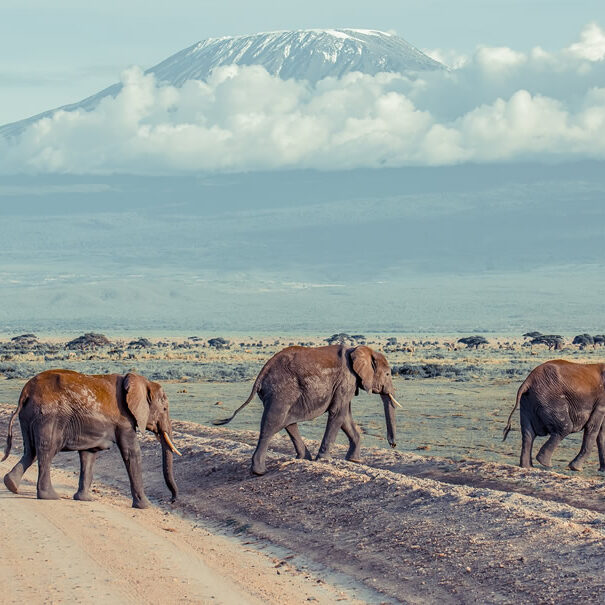Private conservancies in Kenya have played a pivotal role in wildlife conservation and community development. These protected areas, managed by dedicated organizations and local communities, have become vital sanctuaries for endangered species while promoting sustainable tourism. In this article, we will delve into the top 7 private conservancies in Kenya, namely Ol Pejeta Conservancy, Tsavo Conservancy, Lewa Wildlife Conservancy, Borana Conservancy, Ol Kinyei Conservancy, Selenkay Conservancy, and Namunyak Conservancy. Through a detailed exploration of their unique features, conservation efforts, and community involvement, we will highlight the significant contributions of these conservancies in preserving Kenya’s natural heritage.
1. Ol Pejeta Conservancy: A Haven for Wildlife Conservation
Located in Laikipia County, Ol Pejeta Conservancy is a renowned private conservancy that boasts a diverse array of wildlife and ecosystems. It is home to the largest population of black rhinos in East Africa, making it a crucial sanctuary for this endangered species. Ol Pejeta gained world acclaim for its efforts in protecting the last two northern white rhinos, Fatu and Najin.
Apart from rhinos, Ol Pejeta Conservancy supports a vast array of wildlife, including elephants, lions, cheetahs, and zebras. The conservancy’s dedicated anti-poaching units and innovative conservation programs have been instrumental in safeguarding these precious species from poaching and habitat loss. Moreover, Ol Pejeta actively engages with local communities, providing education, healthcare, and employment opportunities to foster sustainable development.
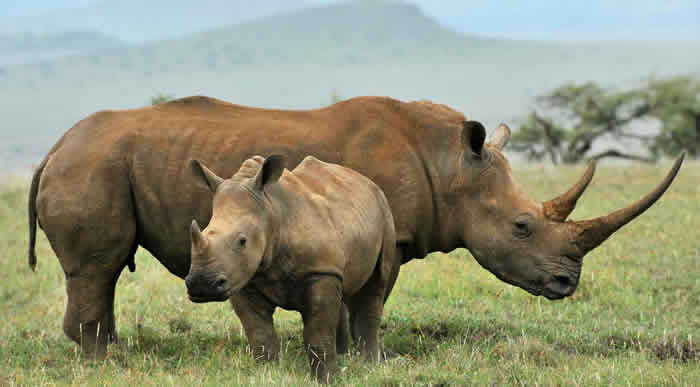
2. Tsavo Conservancy: A Landscape of Wilderness
Stretching over 22,000 square kilometers, Tsavo Conservancy is one of Kenya’s largest private conservancies, comprising Tsavo East and Tsavo West National Parks. This expansive wilderness is renowned for its dramatic landscapes, from vast plains and volcanic hills to acacia-dotted savannahs. Tsavo Conservancy serves as a critical habitat for iconic species like elephants, lions, giraffes, and the endangered Grevy’s zebra.
To combat poaching and habitat degradation, Tsavo Conservancy has implemented robust anti-poaching measures and innovative community-driven conservation projects. By involving local communities in wildlife monitoring and providing alternative livelihood opportunities, the conservancy strives to create a sustainable balance between conservation and community development.
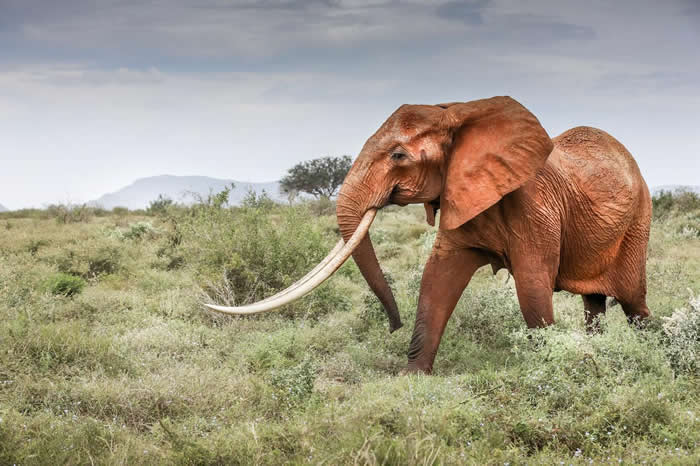
3. Lewa Wildlife Conservancy: A Model of Conservation Success
Nestled at the foothills of Mount Kenya, Lewa Wildlife Conservancy stands as a shining example of successful conservation initiatives. Initially established as a rhino sanctuary, Lewa has expanded its efforts to protect a wide range of wildlife, including elephants, lions, buffalos, and over 400 bird species. Notably, the conservancy has made significant strides in protecting critically endangered species such as the Grevy’s zebra and the black rhino.
Lewa’s conservation achievements can be attributed to its holistic approach, which integrates wildlife conservation with community development. Through programs such as education, healthcare, and sustainable agriculture, Lewa actively involves local communities in conservation efforts while empowering them to improve their livelihoods. Additionally, the conservancy promotes ecotourism, offering visitors a chance to witness the remarkable wildlife and contribute directly to conservation initiatives.
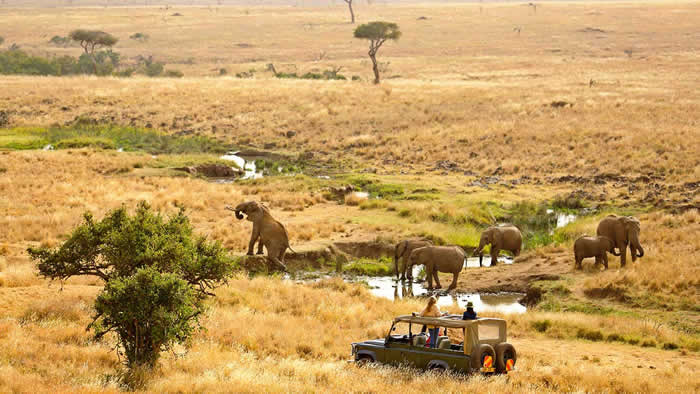
4. Borana Conservancy: A Commitment to Conservation
Situated in Laikipia County, Borana Conservancy is a prime example of a community-led conservation success story. Spanning over 35,000 acres of pristine wilderness, Borana is home to a diverse range of wildlife, including elephants, buffalos, lions, and rare species such as the African wild dog. The conservancy’s dedicated anti-poaching units and innovative technology, such as drone surveillance, have been instrumental in protecting these species from illegal activities.
Borana Conservancy’s commitment to conservation extends beyond wildlife protection. The conservancy actively engages with local communities, providing education, healthcare, and sustainable livelihood opportunities. Furthermore, Borana’s ecotourism initiatives offer visitors an immersive experience, allowing them to witness the beauty of the landscape while contributing directly to conservation efforts.
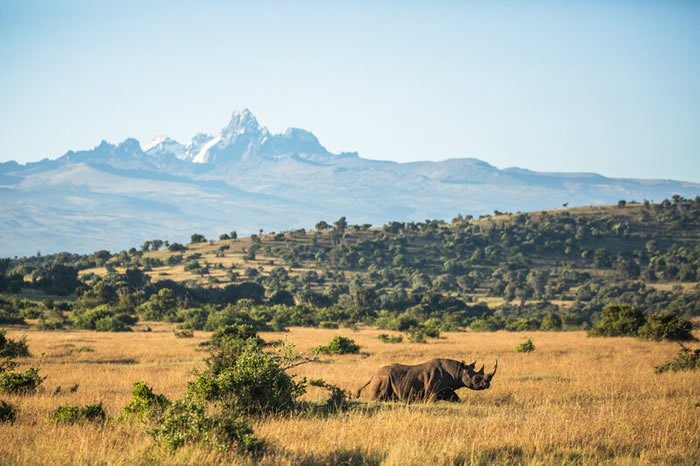
5. Ol Kinyei Conservancy: A Pristine Wilderness
Located in the heart of the Maasai Mara ecosystem, Ol Kinyei Conservancy offers a unique and unspoiled wilderness experience. With its diverse habitats, including forests, open plains, and riverine areas, Ol Kinyei supports a rich abundance of wildlife, including elephants, lions, leopards, and numerous bird species.
Ol Kinyei Conservancy stands out for its successful conservation programs and partnerships with local Maasai communities. Through joint wildlife monitoring initiatives and revenue-sharing agreements, the conservancy ensures that the local communities directly benefit from conservation efforts. This sustainable model has not only improved the relationship between wildlife and communities but has also provided economic opportunities and enhanced livelihoods.
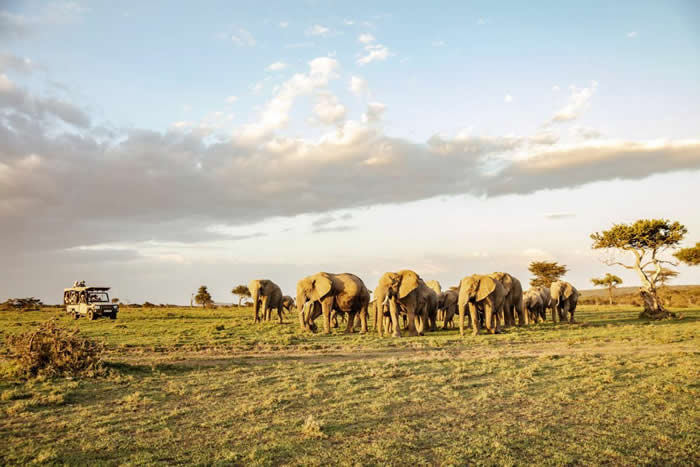
6. Selenkay Conservancy: Protecting Amboseli’s Biodiversity
Nestled on the eastern border of Amboseli National Park, Selenkay Conservancy plays a vital role in protecting the rich biodiversity of this renowned ecosystem. The conservancy’s lush wetlands and acacia woodlands provide critical habitat for elephants, lions, wildebeests, and an array of bird species.
Selenkay Conservancy has made significant strides in wildlife conservation through its anti-poaching initiatives and community-led projects. By providing alternative livelihood opportunities such as eco-friendly tourism, beadwork, and farming, the conservancy ensures that local communities actively participate in and benefit from conservation efforts. Additionally, Selenkay’s initiatives have led to improved access to education and healthcare services for the communities residing within and adjacent to the conservancy.

7. Namunyak Conservancy: Protecting Wildlife and Culture
Nestled in northern Kenya, Namunyak Conservancy combines wildlife conservation with the preservation of indigenous culture. The conservancy’s breathtaking landscapes are home to a diverse range of wildlife, including elephants, giraffes, zebras, and the elusive African wild dog.
Namunyak Conservancy stands apart with its emphasis on community involvement and empowerment. The conservancy collaborates closely with the local Samburu community, supporting education, healthcare, and cultural preservation initiatives. Through responsible tourism, visitors can not only witness the incredible wildlife but also engage in immersive cultural experiences, promoting cross-cultural understanding and supporting local communities.
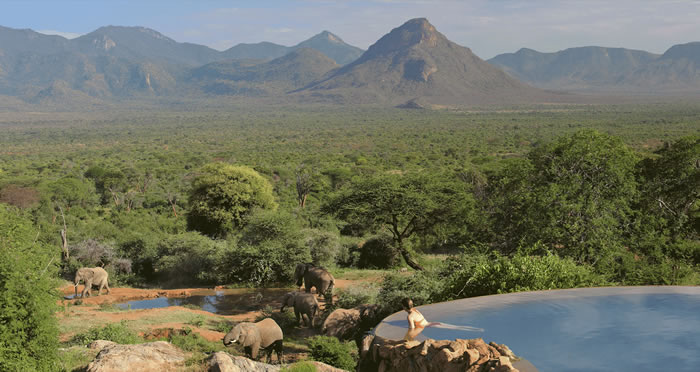
Conclusion
The top seven private conservancies in Kenya, including Ol Pejeta Conservancy, Tsavo Conservancy, Lewa Wildlife Conservancy, Borana Conservancy, Ol Kinyei Conservancy, Selenkay Conservancy, and Namunyak Conservancy, exemplify the critical role of private conservancies in wildlife conservation and community development. These conservancies have successfully protected endangered species, restored habitats, and actively engaged local communities, ensuring their participation and benefiting them directly. Responsible tourism and support for these conservancies are crucial in sustaining their efforts, safeguarding Kenya’s natural heritage for generations to come.

